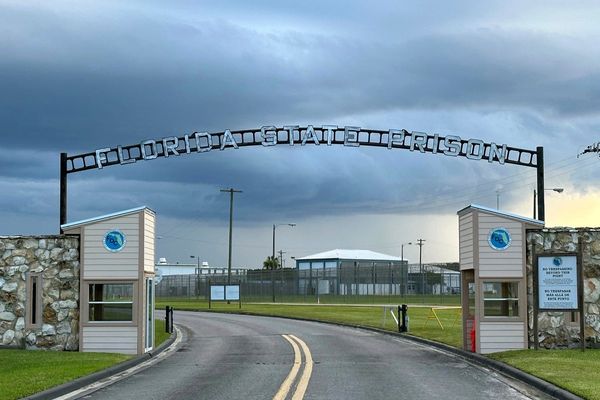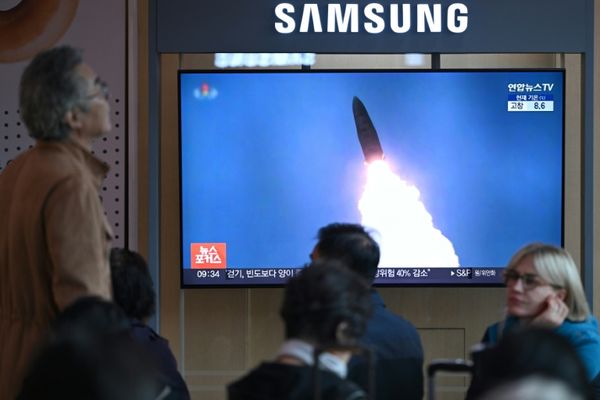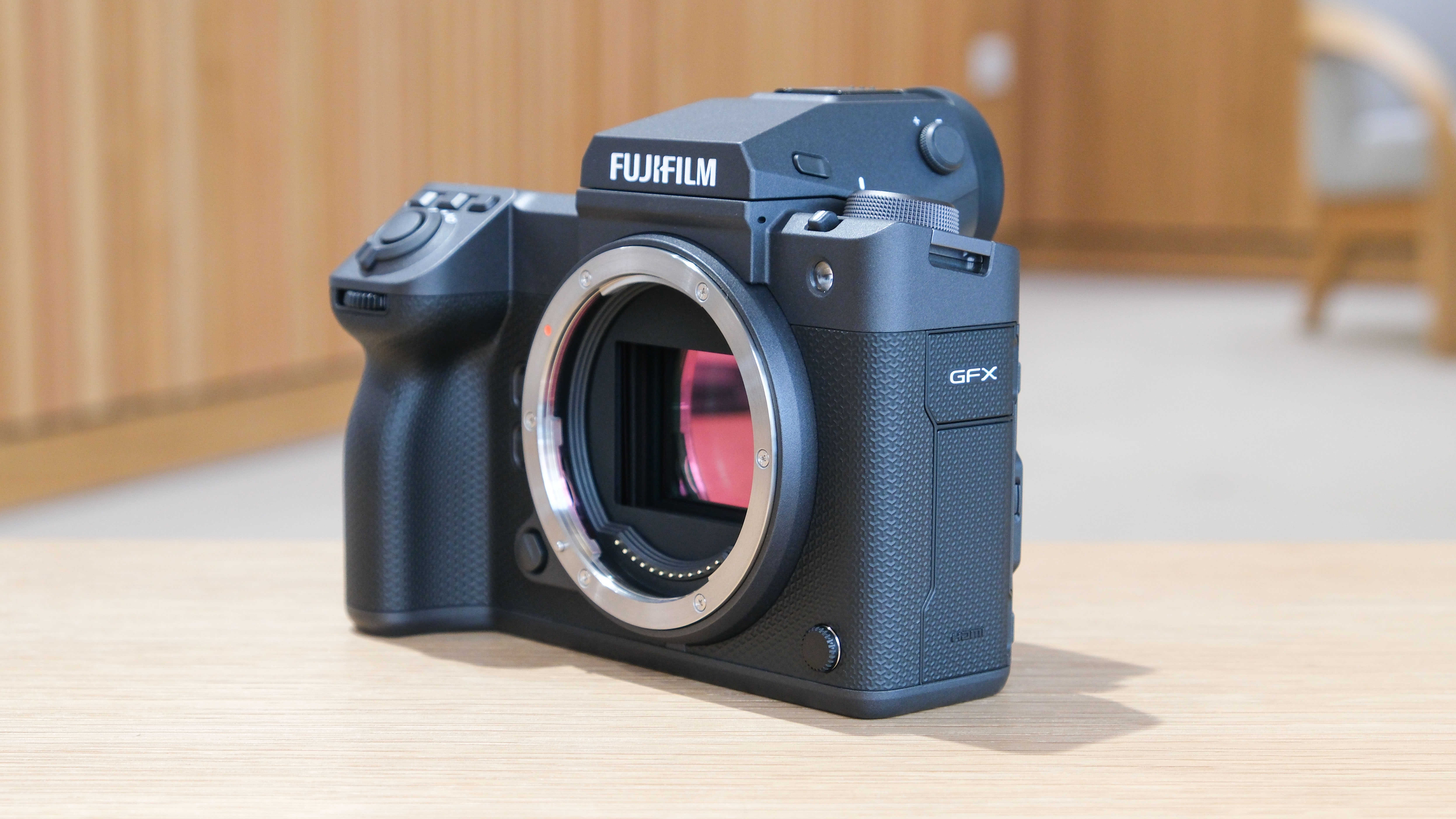
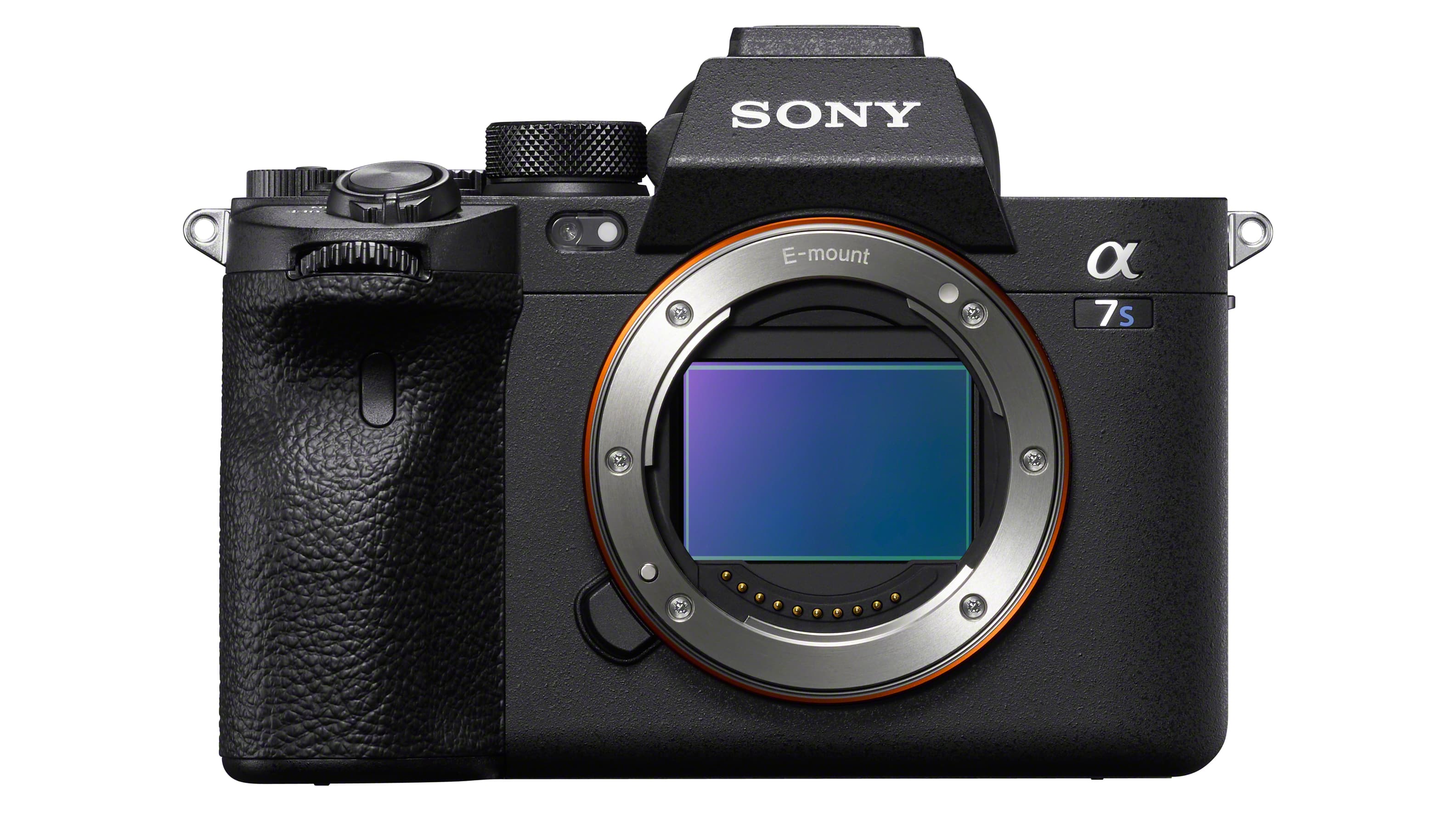
The Sony A7S III is a terrific video camera, as are its cousins the ZV-E1 and FX3. But it only has a 12 megapixel sensor. So we know that’s fine for 4K video, and you only buy these cameras for video anyway. But still. 12 megapixels? Even the most pragmatic, logically minded filmmaker will feel just a tiny twinge of anxiety.
Remember the Panasonic Lumix GH5S? That was perfectly optimized for 4K video and that had just 10 megapixels. TEN! Is that what finished it and led Panasonic to focus on its 20MP and later 25MP models? No-one ever bought the GH5S to shoot stills, but if ever a camera was going to provoke megapixel anxiety, that was it.
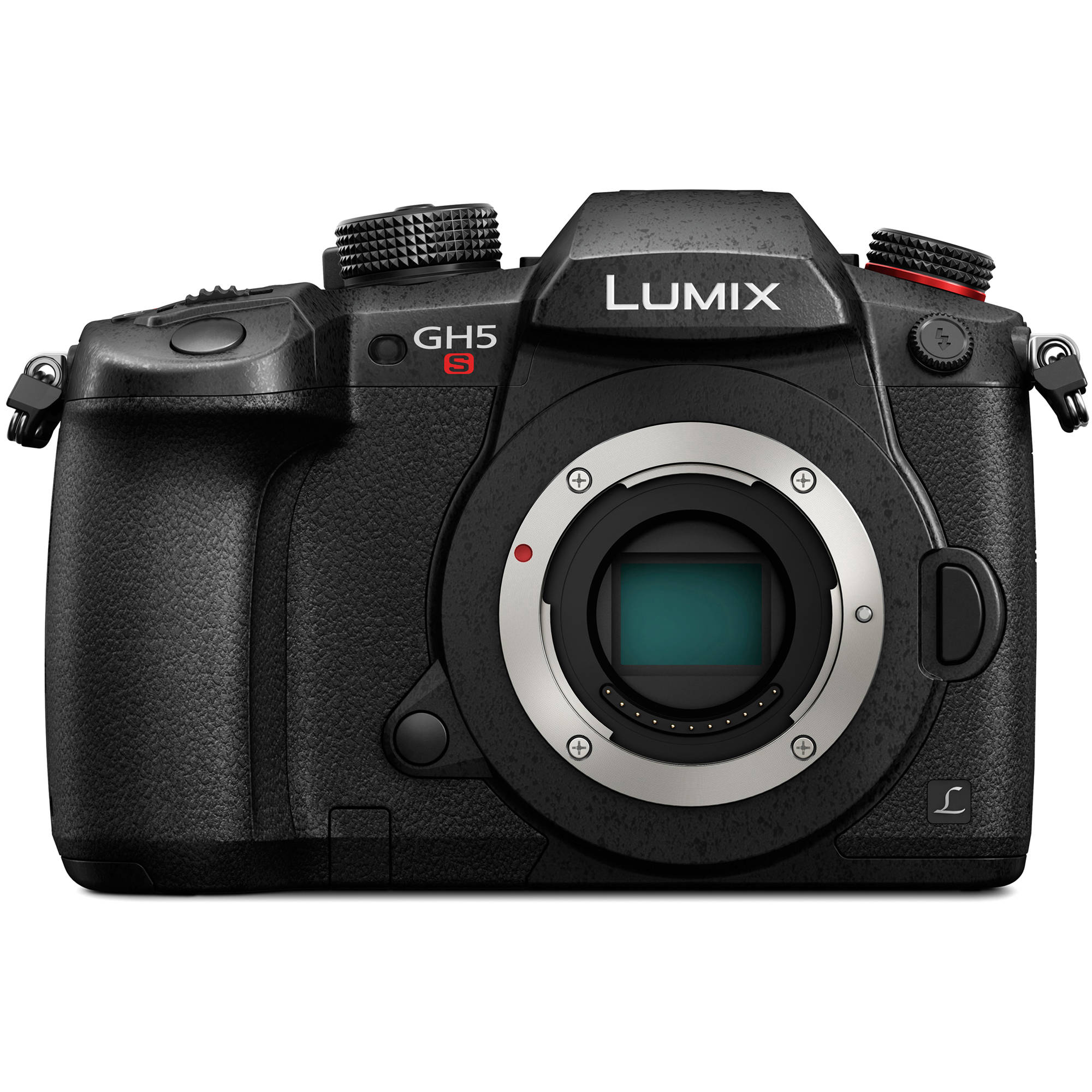
It hasn’t helped that what most shooters want today is not the best cameras for video, but the best hybrid cameras. Cameras that can shoot 4K video one minute (or 6K, or 8K) and high quality still images the next. And for that you need 24 megapixels or even 40 megapixels.
So wait, let’s have a quick reality check. Do photographers and content creators really only have just one camera? Do they really think that there will be one camera that can and should do everything? You know you can actually have one camera for one type of work and one for another, right? But let’s carry on.
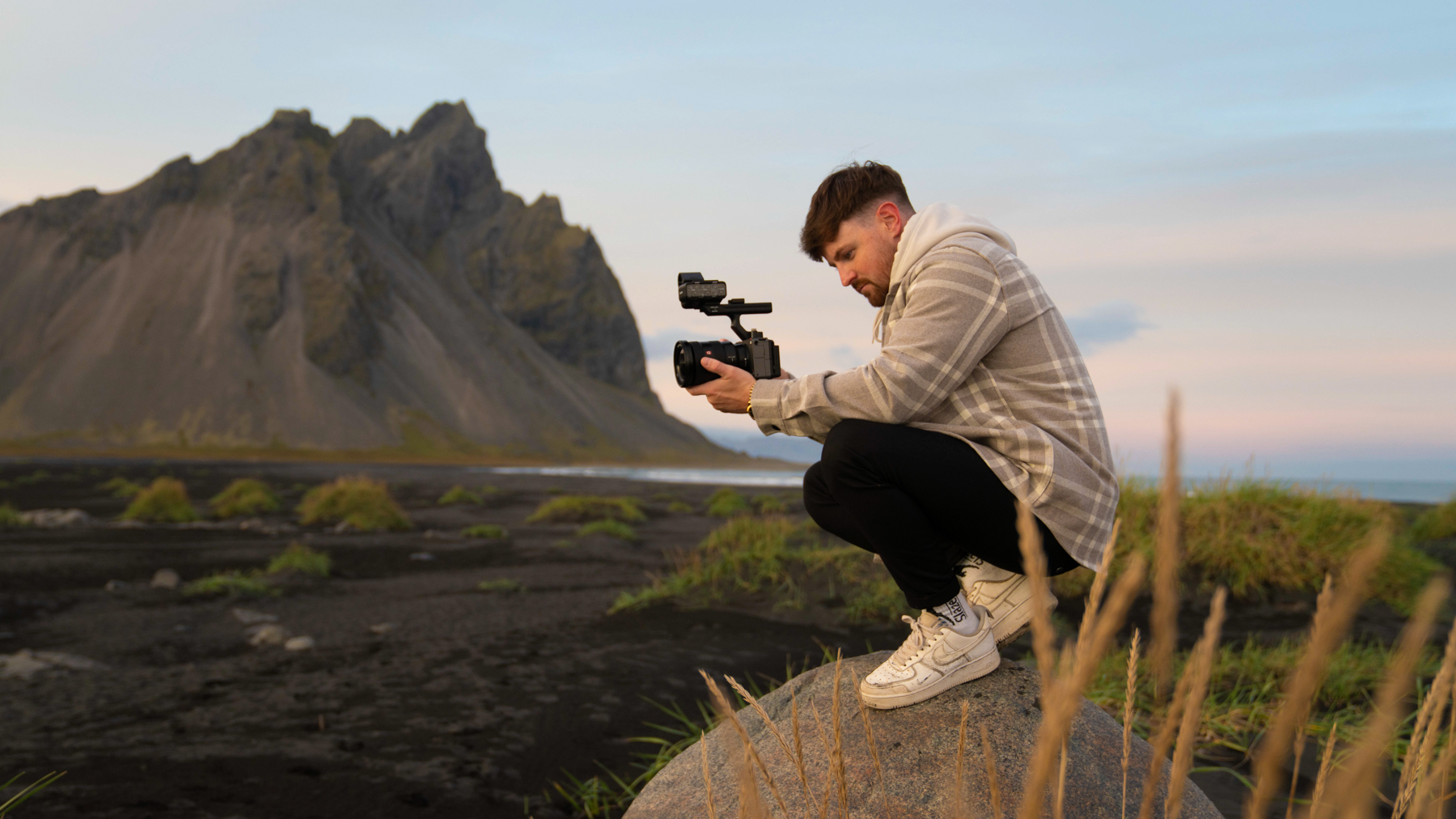
Megapixels aren’t good for video
The best cinema cameras use sensors with the right resolution for the job. They're not saddled with still camera sensors that need to be line-skipped, pixel-binned, cropped or oversampled.
Let's explain that.
High resolution sensors are not great for video because camera makers then have to use processing tricks to handle the excess resolution. They can use line-skipping or pixel-binning to discard unwanted pixels (not good for quality), crop the sensor to match the video resolution (not good for angles of view and lens choice) or use oversampling to reduce full-resolution sensor data to the required video resolution (not good for heat dissipation, processing overhead and hardware costs).
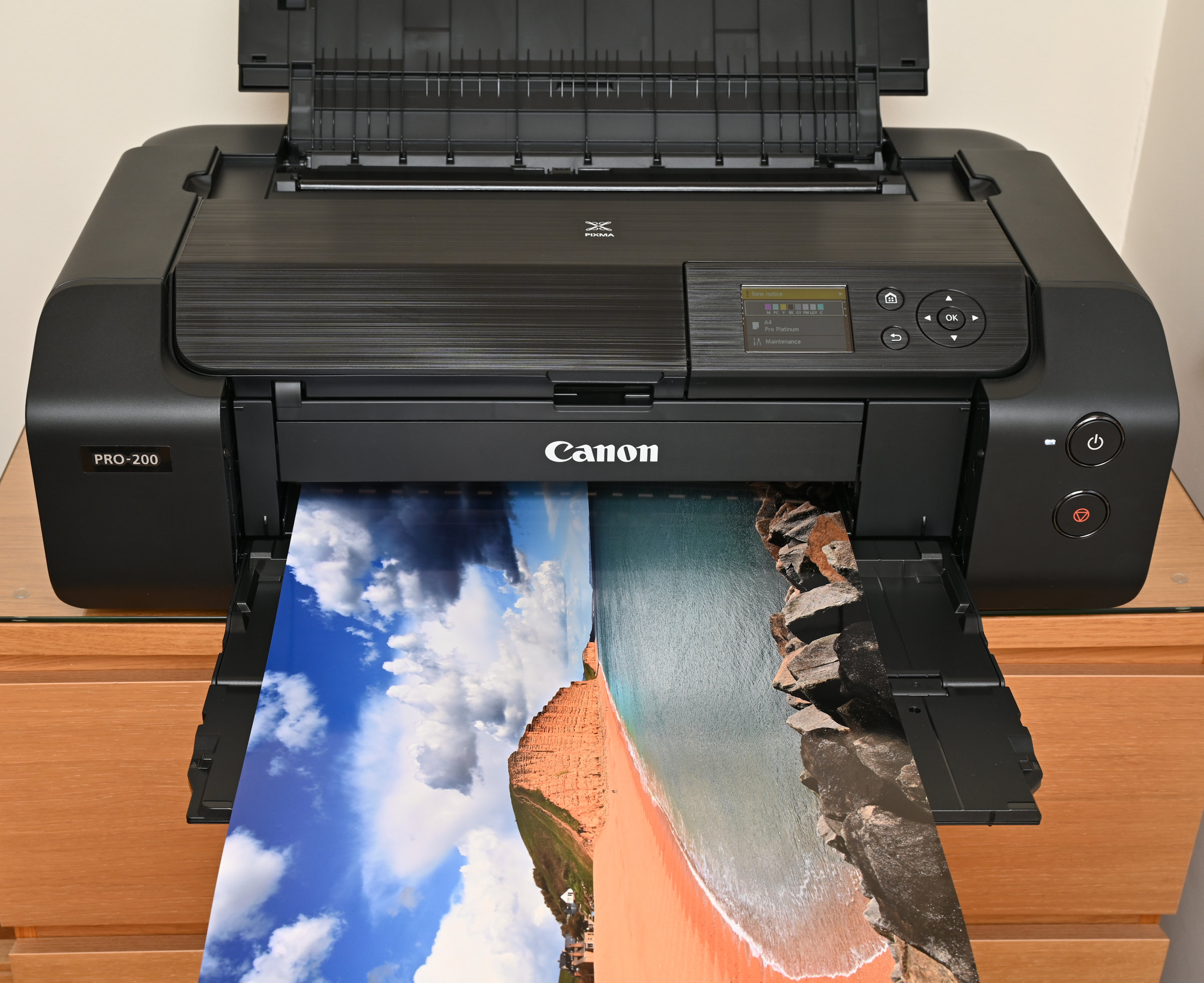
Why do you want big prints?
This isn’t just about video. If all you ever shoot, and intend to shoot, is stills, megapixel anxiety is just as real. We might know in our brains that even a 12-megapixel camera will shoot images 4,000 pixels wide and that even here we’re probably going to be downsizing them for sharing or online publishing, but when 24 megapixels seems to be the new baseline and the highest resolution cameras are 40, 50, 60 or even 100MP, we’re bound to wonder if even 24 megapixels is really enough.
People say they need lots of megapixels to produce big prints. Well, only if you’re in the habit of going up to study them from a distance of inches. If the actual (and perfectly good) reason you print pictures big is just so that you can look at them from further away, that argument doesn’t hold water because you won’t be able to see the extra detail from that distance anyway.
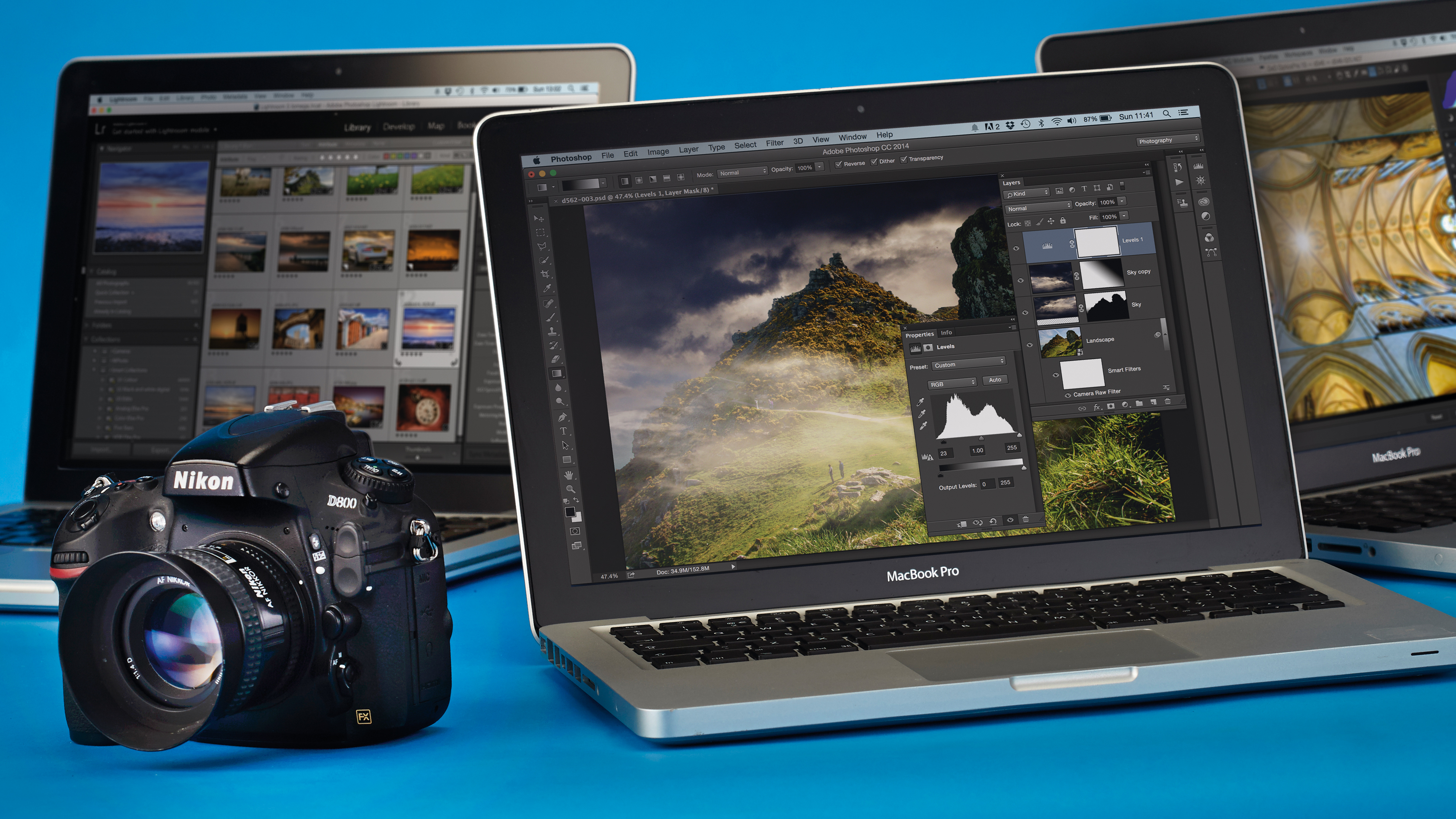
It’s the Zoom tool that’s done it
Perhaps the biggest cause of megapixel anxiety is our image editor’s zoom tool. In the days of film you couldn’t look any closer than your loupe would let you. Now you can zoom in as far as you like and reveal the resolution limits of any camera, even a 100 megapixel medium format monster like the Fujifilm GFX 100S - one of the highest-resolution cameras currently available to buy today.
And so we never get a sense of when enough is enough because we can always zoom in far enough to find out when it isn’t.
Remember when our test of sharpness was to check a 10 x 8in print? Oh happy days! Now we have no basic benchmarks for resolution and however much resolution we have we will always wonder if we ought to have more.
It’s not logic any more, it’s anxiety.
More of Rod Lawton's opinion pieces:
My 12 best and worst bits of camera gear ever
I finally accepted camera metering systems are past their use-by-date
Photographers are getting obsessed with AI. What' wrong with our own intelligence ?
